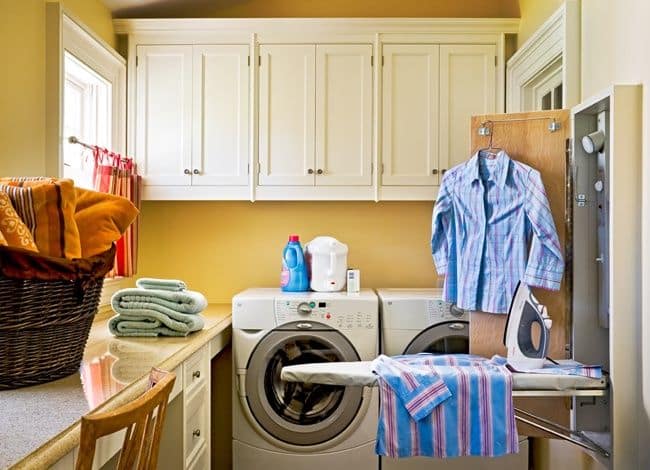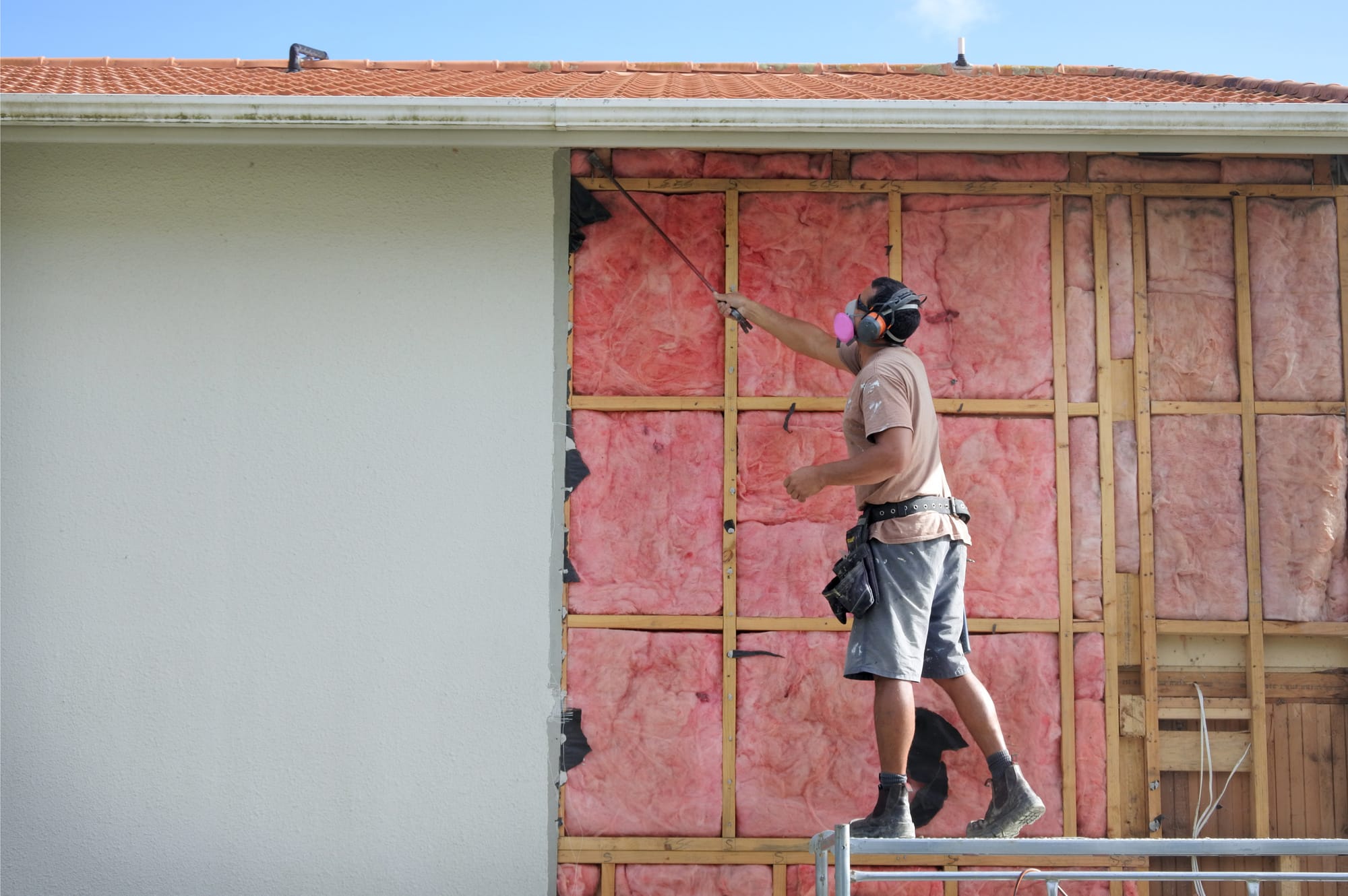Home Design Legal Dos and Don’ts: A Comprehensive Guide for Homeowners
For homeowners, creating their ideal home is a fascinating experience, but it’s crucial to strike a balance between originality and legal compliance. Homeowners must take the legal ramifications of home design into consideration, from comprehending zoning and building rules to managing contracts and agreements. We’ll look at the dos and don’ts of home design in this complete guide, arming homeowners with the knowledge they need to make beautiful, compliant homes that they can be proud of for years to come.
Understanding Zoning Laws and Regulations
What is the significance of zoning? Zoning regulations govern what kind of structures can be developed, whether existing properties can be repurposed and whether current structures can be replaced with anything new at all. Even if these aren’t adjustments you’re considering right now, you might have a neighbor attempting to make one of these changes to harm your own property.
Picture zoning as a nifty legislative procedure that divides the land into special zones, each with its own purpose. Its main mission is to keep everyone safe and sound, prioritizing public health, safety, and welfare.
How does it do that?
- By smartly controlling how land is used,
- Ensuring incompatible stuff stays far apart, and
- Organizing the city like a well-oiled machine.
Zoning even lays out specific guidelines for each district, like what’s allowed, what kinds of buildings can go where, and what measures foster neighborly harmony. It’s all about living side by side in sweet serenity!
For instance, the New York City Landmarks Law was adopted in 1965 to preserve historic landmarks and districts against hasty judgments that would destroy or substantially alter their identity. And according to the New York City Landmark Commission, if you own land in a historic district and wish to erect a modern structure on it, modern projects must fulfill requirements viewed as aesthetically acceptable by the neighborhood and must be allowed by the commission.
Contracting and Agreements with Service Providers
Countless homeowners who have attempted DIY construction projects without professional help can attest to one resounding sentiment: “I wished I had hired a designer.” Even in seemingly minor projects like a one-room remodel, unforeseen challenges can arise once walls are opened up, and it’s during these critical moments that the creative problem-solving of an experienced professional can save you both time and money.
Hiring residential designers is a good investment that will pay dividends in various ways. You may:
- Prevent costly mistakes,
- Capitalize on effective design ideas, and
- Produce remarkable outcomes that increase the overall value and appeal of your house with their assistance.
But employing contractors and service providers isn’t the end of the story; having a written agreement in place is just as important for ensuring a successful partnership and protecting your interests.
A carefully crafted contract serves as the backbone of your project, laying out crucial information like:
- Project scope;
- Timelines;
- Payment terms;
- Dispute resolution mechanisms.
Clear documentation ensures mutual understanding and minimizes the chance of misunderstandings during the process. The agreement acts as your project roadmap, helping you stay on track and within budget. Enjoy a smooth and successful journey with your home design project by setting it up with a helpful independent contractor agreement template.
Safety Regulations and Compliance in Home Design
Seems like safety regulations have nothing to do with your imagination about what your “dream house” should look like. However, homeowners are obliged to prioritize safety considerations in their design choices, not only because of good sense but also because of the need to adhere to safety regulations and compliance standards.
- Responsibility as a homeowner: Including safety rules in your house design is a must to create a secure living space for your dearest ones and your neighbors.
- Fire safety measures: Installing smoke detectors, fire extinguishers, and fire-resistant materials minimizes the danger of fire-related occurrences, offering additional protection to your property.
- Legal Consequences: Failure to implement safety measures can result in penalties, fines, and potential legal obligations if an accident occurs on your premises.
- Stay lawsuit-free: Avoid litigation and compensation claims from affected individuals by following safety requirements and maintaining a safe environment in your house.
Statistics highlight the importance of safety regulations in home design. According to the National Fire Protection Association (NFPA), during the 2016–2020 years, fire departments in the United States reacted to an estimated 343,100 home structure fires.
These fires killed an average of 2,610 civilians, injured 11,090 civilians, and caused $7.6 billion in direct property damage. Properly implemented fire safety measures, like smoke alarms, could have significantly reduced these numbers.
Moreover, some states require homeowners to implement fire safety measures. For instance, the California State Building Code, starting in 2007, requires that smoke alarms be located in:
- The hallway outside the bedrooms,
- In each bedroom, and
- On every floor, regardless of whether there is a bedroom on that floor.
Homeowners who fail to comply with these smoke alarm rules may face fines. For instance, in the city of Chicago, failure to maintain or install proper smoke alarms can lead to penalties of $500 to $2,000 per day per violation if they do not provide working smoke alarms at required locations. The reason for the lack of working smoke alarms does not matter.
Conclusion
Ensure that your home design journey is not just creative but also adheres to important legal requirements. Prioritizing zoning rules, engaging professionals, and enforcing safety requirements can make all the difference in producing a beautiful and secure house that you will be proud of for years to come. Don’t skimp on safety and compliance — allow your ideal home to stand tall within the confines of the law.
Don’t forget to turn to an experienced lawyer near you to get legal consultation on legal consequences for your particular case.
Author’s bio: Karyna Pukaniuk is the Head of Legal at Lawrina. Experienced Tax and Corporate Lawyer, team leader, and legaltech pro. Led and backed the smooth operation of the legal team and accompanied several different projects simultaneously. Worked closely with department’s leads and shareholders and advised them through all legal, regulatory, and risk management matters. Supervised multi-million dollar M&A deals and actively participated in the company’s product development.







